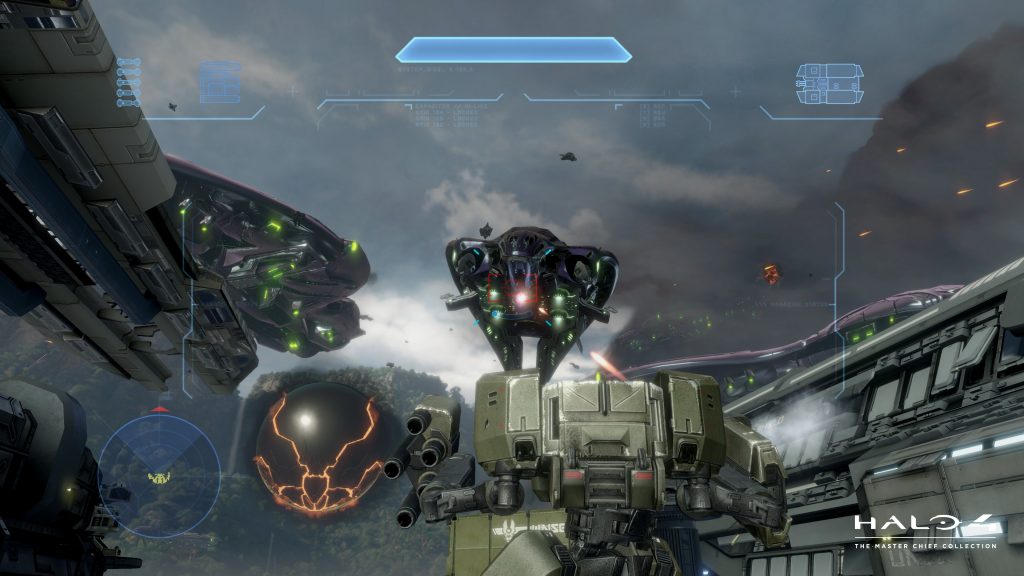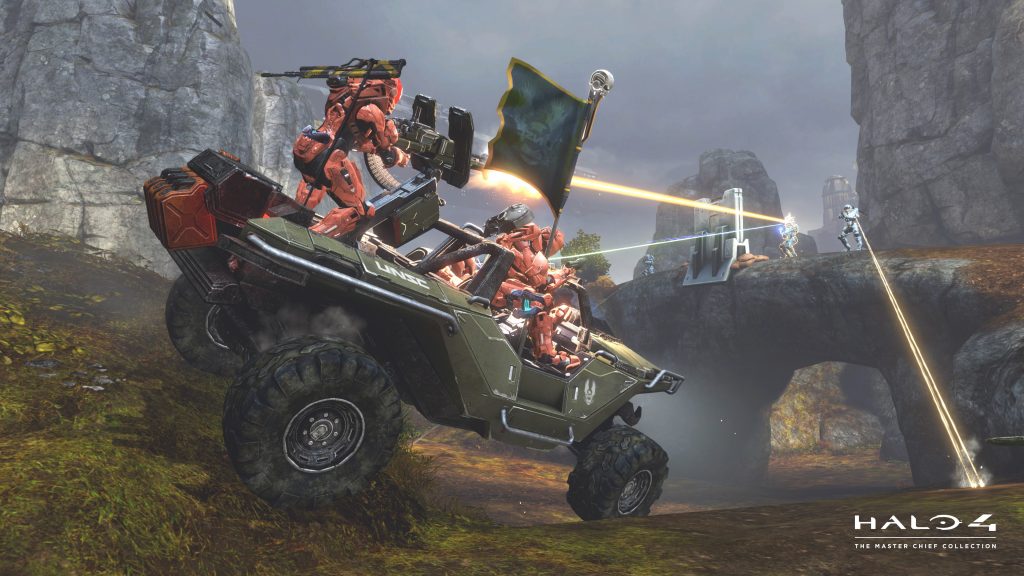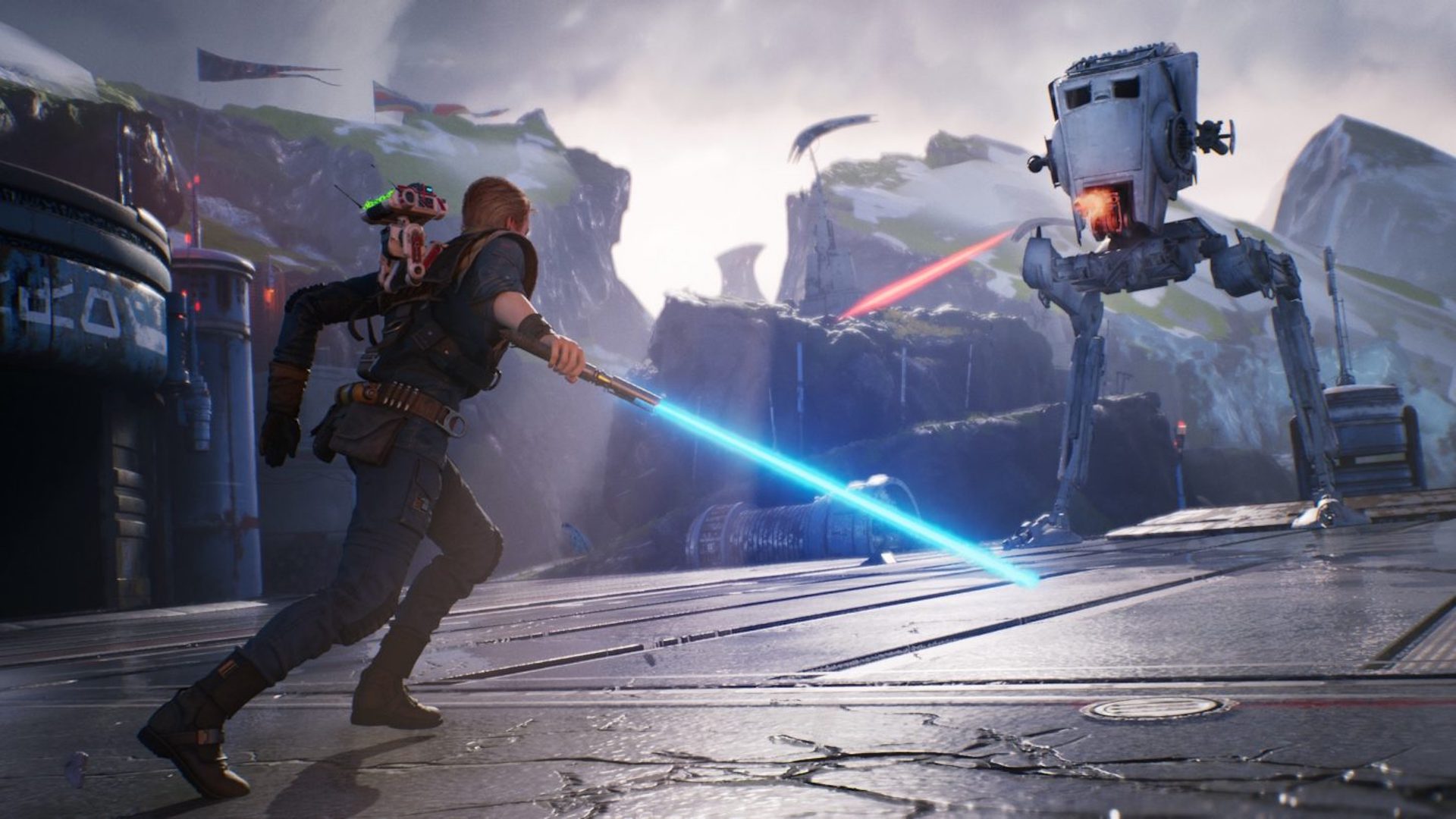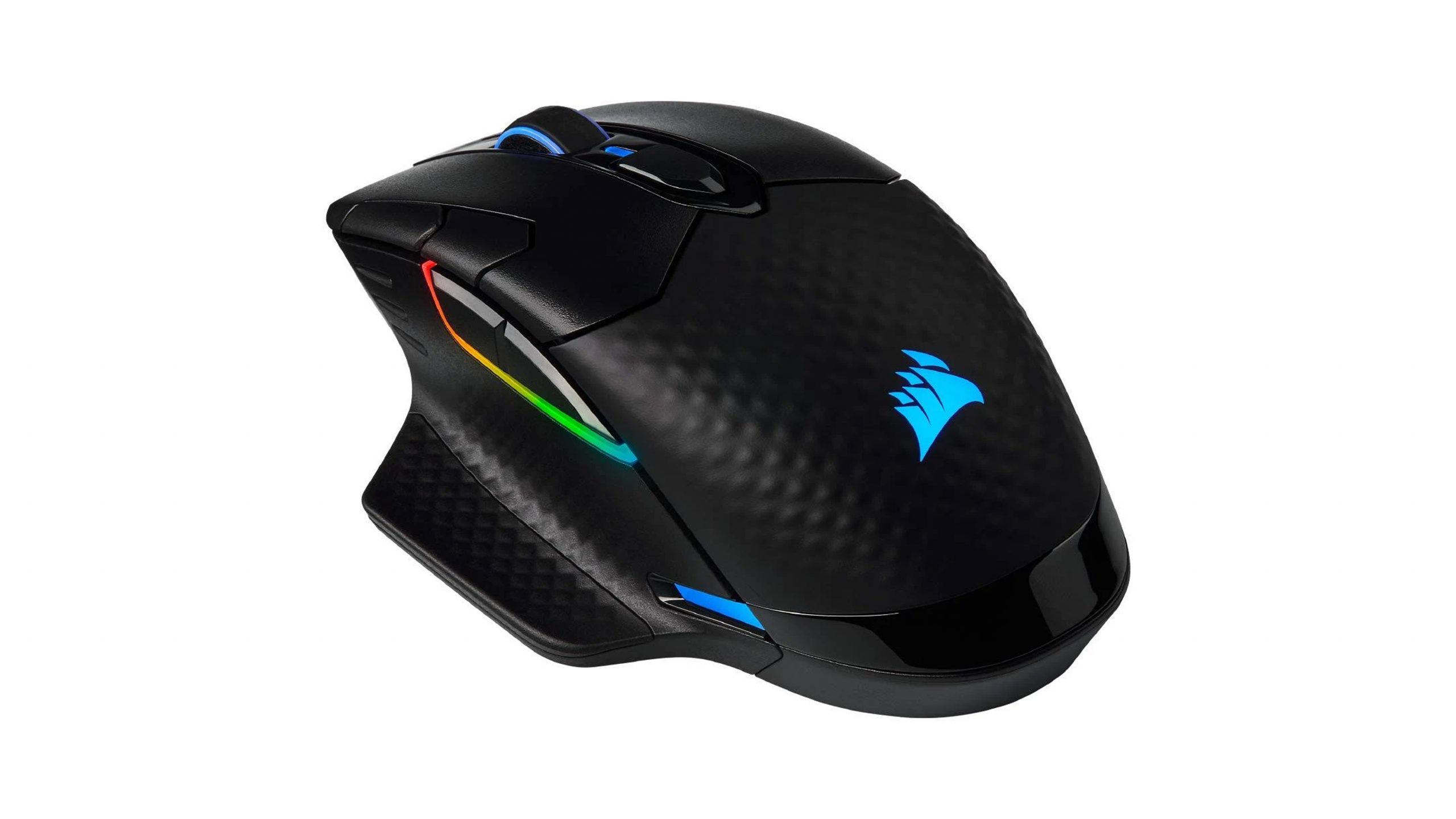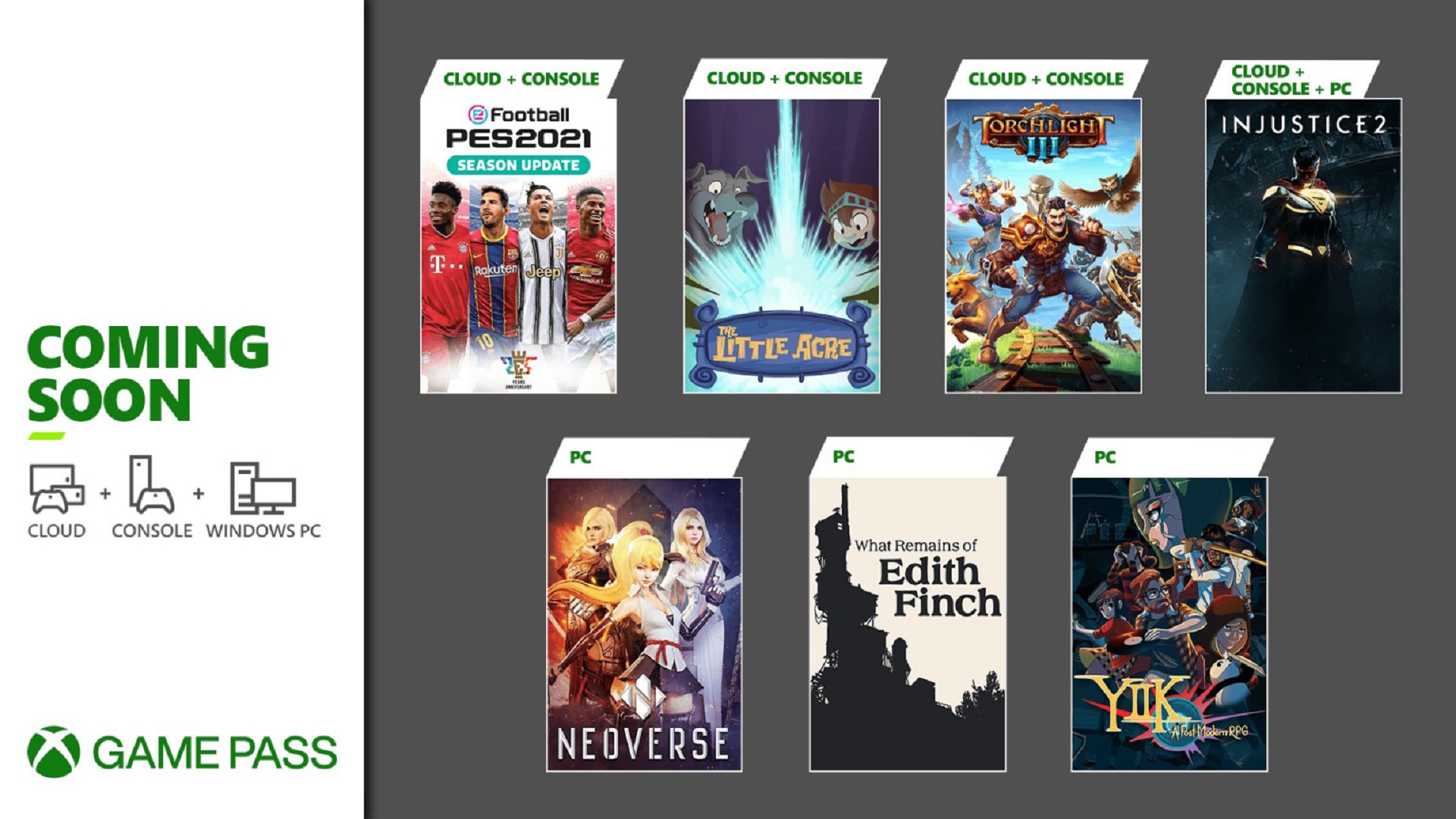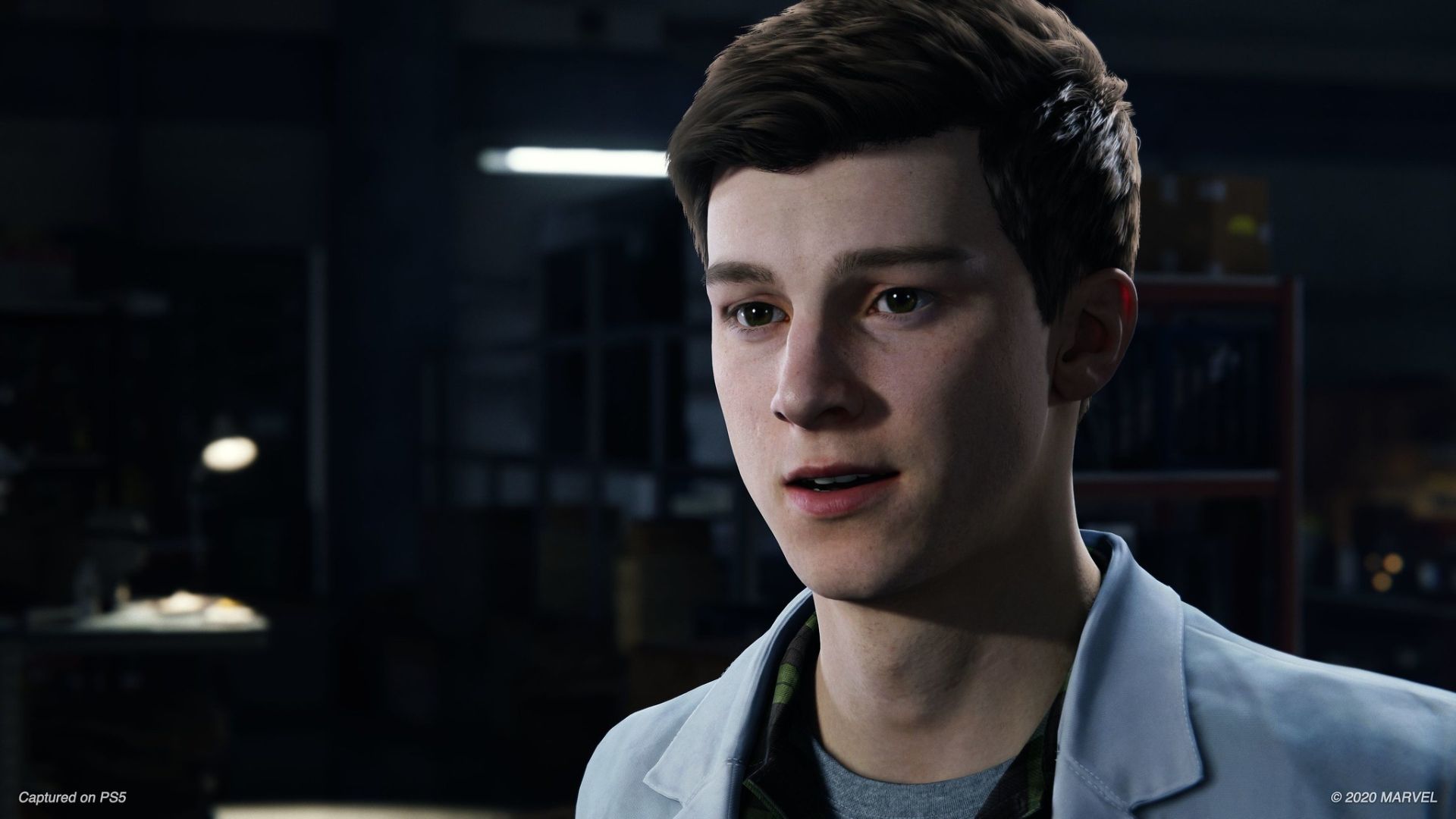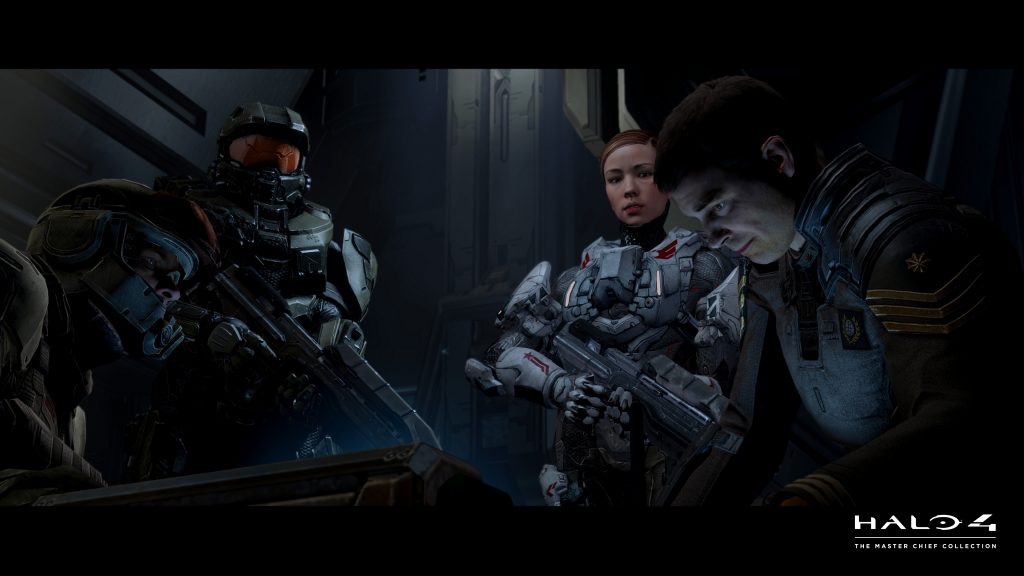
343 Industries had an impossible task with Halo 4: make a Halo game without Bungie, and more importantly, make a sequel that could follow Halo 3. Halo 4 was divisive – looking back, there’s no way it couldn’t have been – and I remember disliking large swaths of it. And now, a little more than eight years after it originally released, Halo 4 has finally come to PC. It is simultaneously the last release in The Master Chief Collection (343 has said time and again that they have no plans to bring Halo 5 to PC) and the first and only game developed by 343 to be featured in the collection.
It’s poetic, in a way: The Master Chief Collection started as 343’s love letter to Bungie’s Halo titles, and ends with the release of a game 343 themselves made. And much like The Master Chief Collection itself, which launched poorly and has seen its standing improve over time, this release was an opportunity to reevaluate Halo 4 – and I’m pleased to say playing it again has changed my opinion of it for the better.
Halo 4’s story picks up 4 years after Halo 3. The Chief and Cortana are still adrift aboard the remains of the Forward Unto Dawn, which is floating near the Forerunner planet we got a glimpse of at the end of Halo 3’s Legendary ending. When the ship is discovered, Cortana wakes up the Chief. Their mission is simple: escape the Forerunner planet, and find a way home. It’s made all the more urgent because Cortana is entering Rampancy. Human Ais begin to degrade after seven years, ultimately thinking themselves to death in a fashion that resembles progressive dementia. If the Chief can’t get Cortana home soon and find a cure, she’ll die, losing pieces of herself along the way.
" Halo 4 is an absolutely gorgeous game. It was the prettiest game released on the Xbox 360 and pushed that console to the limits of it capabilities. It holds up remarkably well."
This setup makes for what is easily the most emotional story the franchise has attempted, and one it manages to execute well. The Chief and Cortana speak more than they ever have in Halo 4, and the game does a good job of selling what these characters mean to one another. Halo 4’s story goes beyond the standard sci-fi of the previous games and manages to ask questions about morality, legacy, and what it means to be human. The excellent narrative is anchored by some truly fantastic voice work, particularly from Jen Taylor, who gives what is easily her finest performance as Cortana. Halo 4’s story has its faults – it relies heavily on the series backstory, so you’ll need to have read some of the books or find all of the game’s Terminals to fully understand it – but it’s impressive regardless.
As good as Halo 4’s plot is, what’ll grab your attention first are the game’s graphics. Halo 4 is an absolutely gorgeous game. It was the prettiest game released on the Xbox 360 and pushed that console to the limits of it capabilities. It holds up remarkably well as a result. Whether you’re trekking through lush forests, exploring Forerunner architecture, or driving a vehicle across open plains, the game delivers. Part of it is due to the game’s exceptional visual design, but the rest is the result of hard work by 343 Industries.
This is the first release in the MCC to feature in-depth graphics settings, allowing you to tweak settings for anti-aliasing, lighting quality, shadow quality, effects quality, detail quality, and anisotropic filtering in addition to an FOV slider and the Standard, Performance, and Enhanced settings that the rest of the collection comes with. These other settings also seem to have made their way to other games in the collection, too, though it’s hard to know the extent to which they’ve been implemented across the board. Regardless, this is easily the best-looking version of Halo 4 available.
Halo 4’s art can occasionally feel a bit busy and overdesigned when compared to the elegant simplicity of Bungie’s art – check out the differences in the Chief’s armor between 3 and 4or the change in designs of Forerunner structures if you need easy examples – but Halo 4’s art is very good, even if I still do prefer Bungie’s style. Regardless of how you feel about the art, however, this port runs very well. I ran it at 1080p and a locked 60 FPS on a RTX 2060 and an i5 6600k without any frame drops or slowdown.
"343 also saw fit to experiment with the series’ core gameplay. Sprint, which was introduced half-heartedly as an armor ability in Halo: Reach, returns here, as do armor abilities in general."
The game’s sound design I excellent, too. Guns are loud and powerful, explosions and alarm claxons are vivid and clear, and everything just sounds good. That also goes for the game’s soundtrack, which was the first in the main series not to be composed by Marty O’Donnell. Neil Davidge took over for Halo 4, and while it’s hard to compare his work to O’Donnell’s best, which remain some of the most iconic tracks in the industry, his soundtrack is very, very good, and songs like “117” are some of the best compositions to grace the series. Halo 4’s sound design isn’t a complete home run; the Warthog, for instance, sounds more like an angry lawnmower than a military vehicle, but it’s still quite good.
343 also saw fit to experiment with the series’ core gameplay. Sprint, which was introduced half-heartedly as an armor ability in Halo: Reach, returns here, as do armor abilities in general, though none are as obnoxious as Reach’s armor lock. Whether sprint belongs in Halo is still a subject of much debate, and while I would still prefer that Halo didn’t have it, I think 343 does a good job of balancing around it here. Other additions, like hit markers, made their way over from other shooters, but Halo 4 still feels like a Halo game.
Part of that is due to the game’s arsenal. Nearly every weapon from the series’ past makes a return, form the trusty pistol – which, thankfully, resembles CE’s magnum without becoming an unstoppable godweapon – to Reach’s DMR and the iconic Battle Rifle. 343’s made some additions of their own, too. My personal favorites are the SAW, a monstrous heavy machine gun that will tear through anything, and the Rail Gun, which requires a brief charge before firing a high-powered projectile that’ll ruin the day of anyone it hits.
The bigger additions are probably the Promethean weapons, though. For the most part, they adhere to the archetypes established by previous Halo weapons – a mid-range rifle, an SMG, and so on – but the best up the ante. The Binary Rifle is sniper rifle that kills in one shot no matter where you hit someone, and the Incinerator Cannon fires a blast of fire that separates before recombining into an enormous explosion that erases almost anything it comes into contact with. Even more traditional weapons, like the Boltshot, combine the single shot efficiency of a pistol with a charged shot that essentially functions as a shotgun.
"There are no bad levels here, and I’d put levels like Infinity, Reclaimer, and Midnight up there with some of the best the series has to offer."
You’ll get your feel for all the new additions in the campaign, which is fairly short. There are only eight levels here, the fewest of any game in the series, but what Halo 4 lack in quantity it makes up for in quality. Halo 4’s levels are pretty long, and while they don’t have anything approaching the highs of Halo 3’s Scarab fights, they do avoid the series’ worst low points. There are no bad levels here, and I’d put levels like Infinity, Reclaimer, and Midnight up there with some of the best the series has to offer. Part of that comes from the return of the Elites, who are are absent as enemies in 3 and ODST, having been replaced by Brutes.
They’re still Halo’s best enemies, and it’s nice to have them back, but 4 also adds the Prometheans. Watchers fly around and enhance their allies, while Crawlers are small, doglike creatures that attack in packs. By far the most dangerous, however, are Knights, shielded mechanical monstrosities that can teleport away from you or toward you, and come equipped with both melee and ranged weapons. Knights are tough to bring down, even if you’re appropriately armed, and they can be resurrected by Watchers, making them a high priority target.
These new enemies and weapons – as well as new vehicles like the Mantis, a pilotable mech – make Halo 4’s campaign a lot of fun, but you can tell where the limitations of the hardware came into play. Halo 4’s environments aren’t quite as big as earlier games in the series, and enemy AI isn’t quite as good. Halo 4 feels a bit more scripted and less open than earlier games, though it does capture the best parts of the Halo sandbox when it’s firing on all cylinders. Despite these flaws, it is one of the better Halo campaigns, and like 3, ODST, and Reach, it supports four player co-op.
If you’re looking for more story once the credits roll, you can hit up Spartan Ops, which is Halo 4’s take on a mission-based cooperative mode. Spartan Ops follows Fireteam Crimson and takes place after the main campaign. It’s a neat idea and a fun mode, and the sheer amount of missions to play through means there’s plenty to keep you busy, but it never quite hits the highs of Firefight. Still, it’s worth at least one playthrough, and is fun while it lasts, especially if you have a good group to play with.
"For many, I imagine the real draw will be Halo 4’s multiplayer."
For many, I imagine the real draw will be Halo 4’s multiplayer. The addition of sprint, and customizable loadouts, as well as the return of armor abilities, means that Halo 4’s multiplayer was a bit of a black sheep at the time of release. Much of that can be turned off – Precision Slayer, for instance, starts everyone off with the same loadout and no armor abilities – but the other stuff remains in other playlists for those who want it. Halo 4’s multiplayer, however, is where the game’s flaws start to show through. The game’s maps are solid, but they never reach the legendary status of Halo 2 and 3’s best.
The more pressing issue, however, is the game’s weapon bloat. The Promethean weapons work great in the campaign, but in multiplayer they often feel like variations of guns that already exist, and don’t add much to the experience. This isn’t a huge qualm, but one that, combined with the game’s solid but unspectacular map design, makes Halo 4 feel a little less tight that Halo 2 or 3, and that’s before we get into arguing over whether spring belongs in Halo.
That’s not to say Halo 4’s multiplayer is bad; it’s not, and I thoroughly enjoyed my time with it. How much you like it will depend on whether you like being able to sprint and have loadouts, as well as your thoughts on the game’s maps. Halo 4’s MP is still divisive, but it does feel good to play, and I never had problems finding a match. Happily, this patch brings cross-play to the MCC, meaning you can play with your friends whether they’re on a PC or a console. The game even lets you choose whether you prefer to play games with a controller or mouse and keyboard and allows you to configure matchmaking results based on your preference. Full disclosure: I played on a controller, though the mouse and keyboard controls seem to work fine.
Halo 4’s release also means a new season of cosmetics to unlock for Halo 3 and Halo 4 and challenges to complete, including new nameplates and visual customizations for your character, weapon skins (Halo 3 and 4), and vehicle skins (Halo 3). There isn’t as much here as in previous seasons – a little over 70 items spread out over five tiers – but that makes sense given the amount of customization already available in Halo 4 and that Halo 3 has already had a season of content to unlock. As before, you can unlock content in a tier in any order, but you’ll have to unlock an entire tier before you can proceed to the next one. Happily, this update also allows you to customize each individual piece of your Halo 4 Spartan’s armor, so there’s more personalization available to players than ever.
"Replaying Halo 4 has given me more appreciation for what it did right. It has a great campaign, an engaging story, solid multiplayer, a fun co-operative mode in Spartan Ops, and it managed to push the series in new directions while remaining true to what makes Halo Halo."
There’s more that this update brings to MCC, including support for framerates higher than 60 in Halo 2: Anniversary, Halo: Reach, and Halo 4’s MP, new player emblems in Halo: Reach and Halo 3, and so on. It would take me too long to list everything that’s been added here, but rest assured that this is a sizable update that makes the MCC the best its been on both PC and consoles. Given that 343 has said they plan to continue supporting the game for a long time to come, I imagine that the updates will keep coming, and the MCC, and the games in it, will only get better as time goes on.
Halo 4, though, is the last game we’re going to get in the collection, unless 343 changes their minds about Halo 5. Halo 4 isn’t a perfect game. Some of the story decisions that 343 made are still unpopular, and the multiplayer is still the series’ black sheep. I didn’t like Halo 4 when it came out, but replaying it has given me more appreciation for what it did right. It has a great campaign, an engaging story, solid multiplayer, a fun co-operative mode in Spartan Ops, and it managed to push the series in new directions while remaining true to what makes Halo Halo.
Halo 4 isn’t always a great game, but it’s never less than a good one and 343 has done an excellent job of bringing it to PC. I went into this review thinking of Halo 4 as a black sheep. I came out of it thinking it was an underrated gem. I don’t imagine this port will change everyone’s opinion the way it did mine, but I can say this: Halo is still just as good as it’s ever been, and if The Master Chief Collection never gets another title, it picked a hell of a game to go out on. Wake up, Chief. We still need you.
This game was reviewed on the PC.

